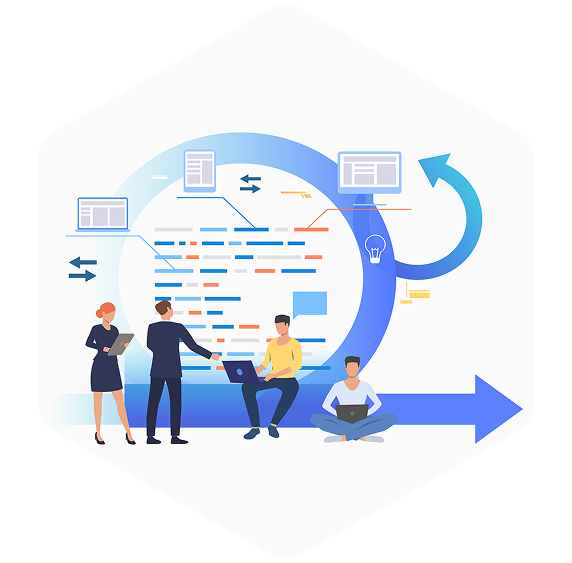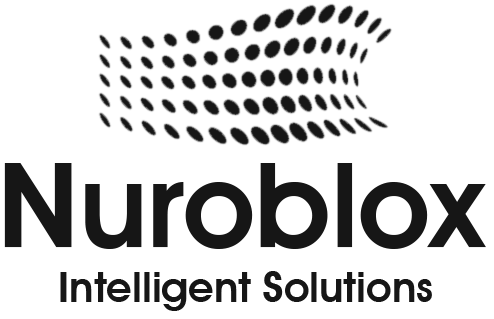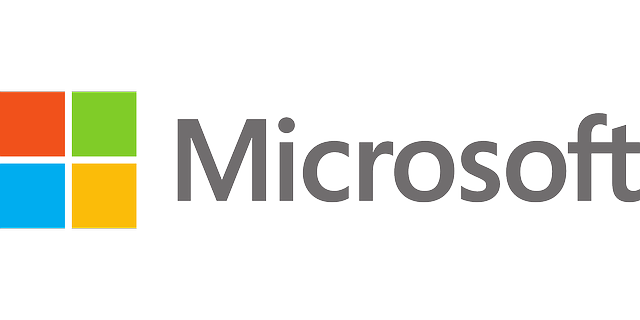Process Orchestration
- Home
- Process Orchestration

// ABOUT PROCESS ORCHESTRATION
Process Orchestration
Process orchestration connects people, systems, and data into a seamless workflow. It ensures complex business operations run smoothly and intelligently with minimal manual involvement.

What is Process Orchestration?
Process orchestration is the strategic coordination and automation of interconnected business workflows across multiple systems, departments, and technologies. Unlike isolated task automation, which focuses on automating a single activity, process orchestration aligns entire workflows end-to-end. It ensures that data, tasks, and decisions seamlessly move from one stage to another, integrating diverse systems such as ERP, CRM, cloud applications, and AI-driven platforms into one unified flow. This holistic approach eliminates silos, reduces inefficiencies, and creates a smooth experience across the organization.
Benefits of Process Orchestration
End-to-End Visibility
Delivers real-time insights into workflows, allowing businesses to monitor, track, and optimize every step in the process lifecycle.
Operational Efficiency
Minimizes human errors and delays by reducing manual interventions, ensuring faster and more reliable process execution.
Improved Collaboration
Connects teams, tools, and systems across departments, fostering seamless communication and eliminating operational silos.
Improved Collaboration
Connects teams, tools, and systems across departments, fostering seamless communication and eliminating operational silos.
How Does Process Orchestration Work?
Process orchestration functions through a central orchestration engine that connects workflows, applications, and teams into a unified operation. It begins by capturing events or triggers from different systems, ensuring that data and tasks are seamlessly coordinated across multiple platforms. By doing this, organizations can eliminate redundancies and keep processes moving without delays.
We’re Here to Assist You and Address
All Your Questions Anytime!
Use Cases of Process Orchestration
Manufacturing
Insurance
Telecom



Challenges in Process Orchestration
Future of Process Orchestration







